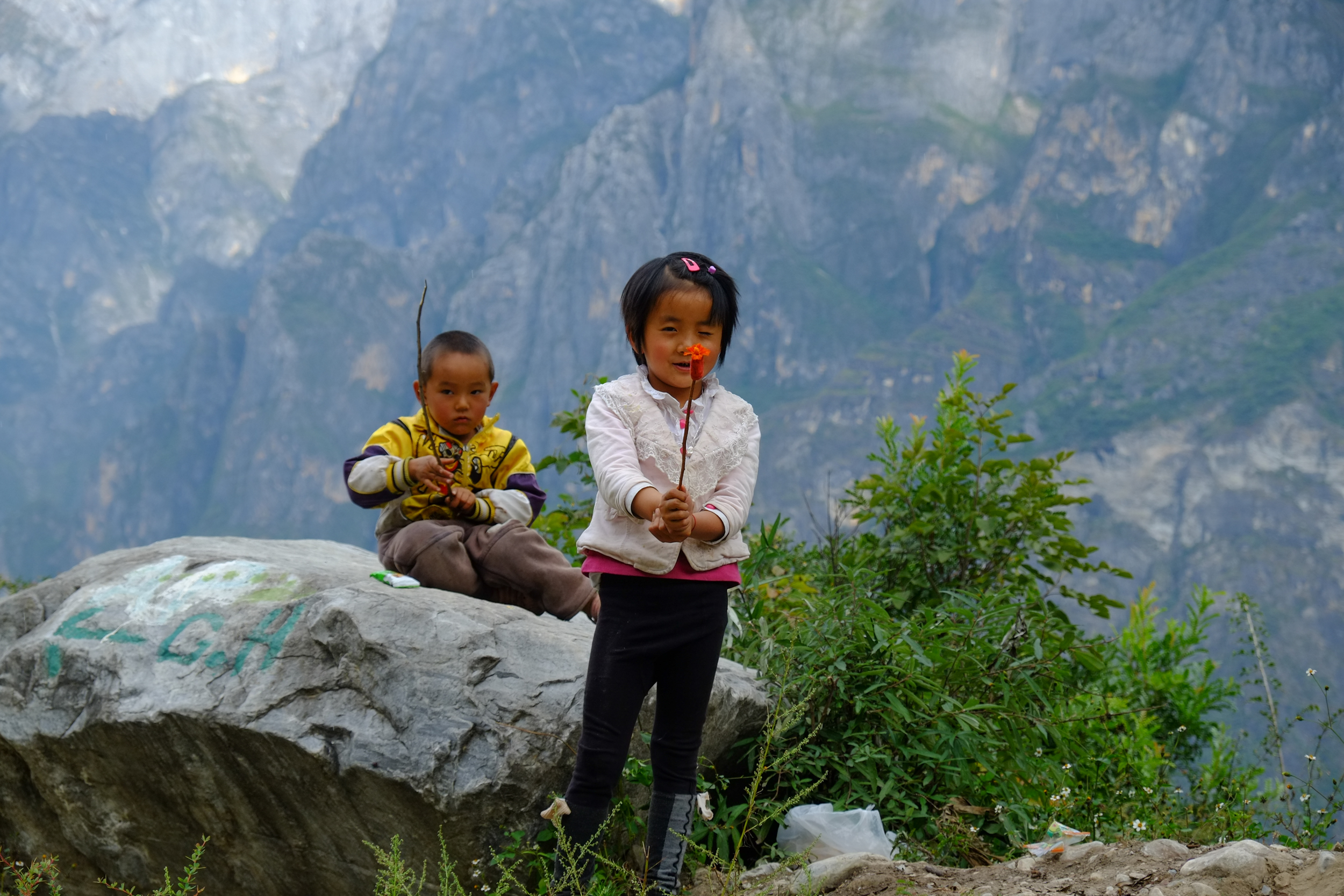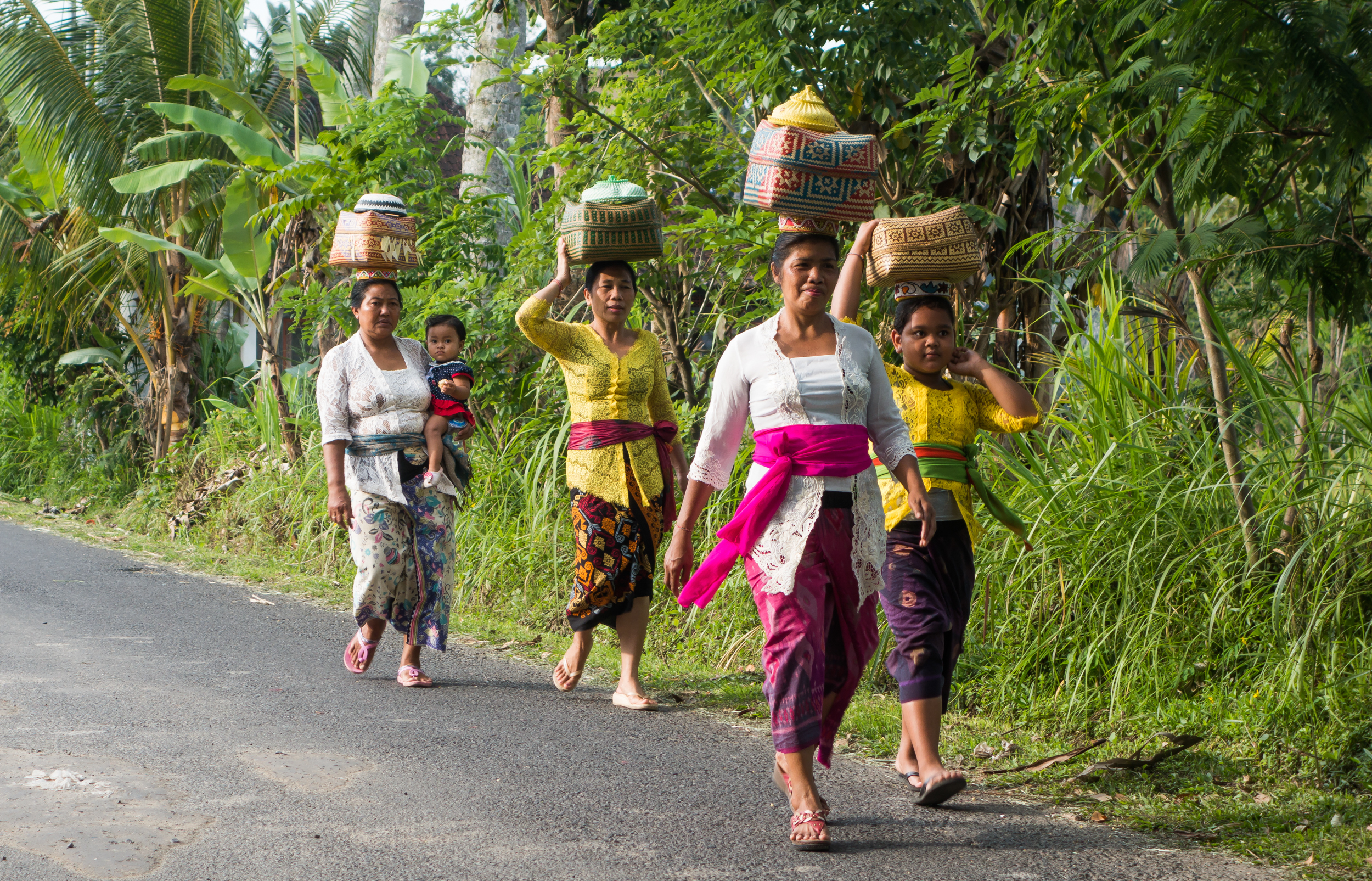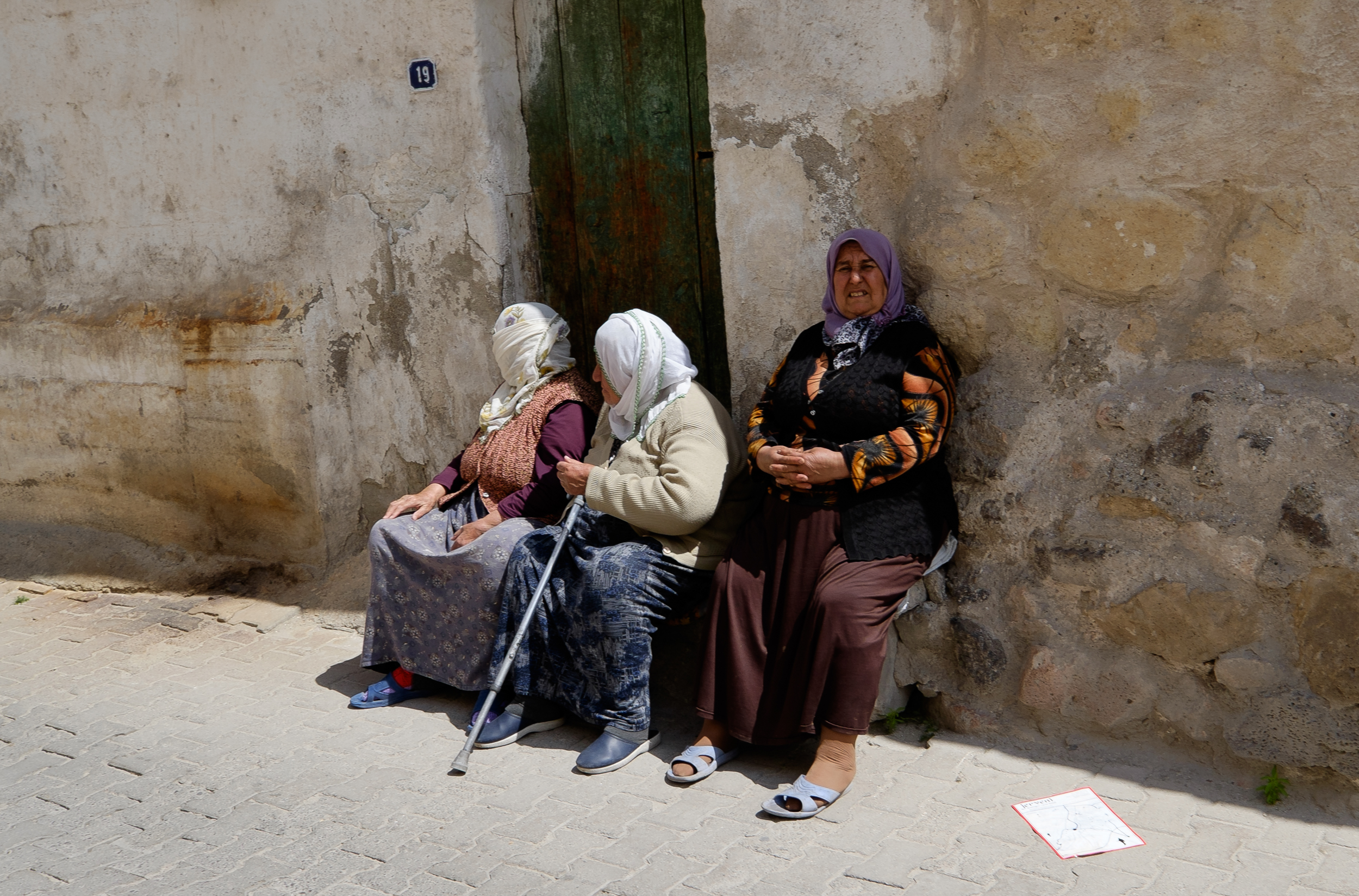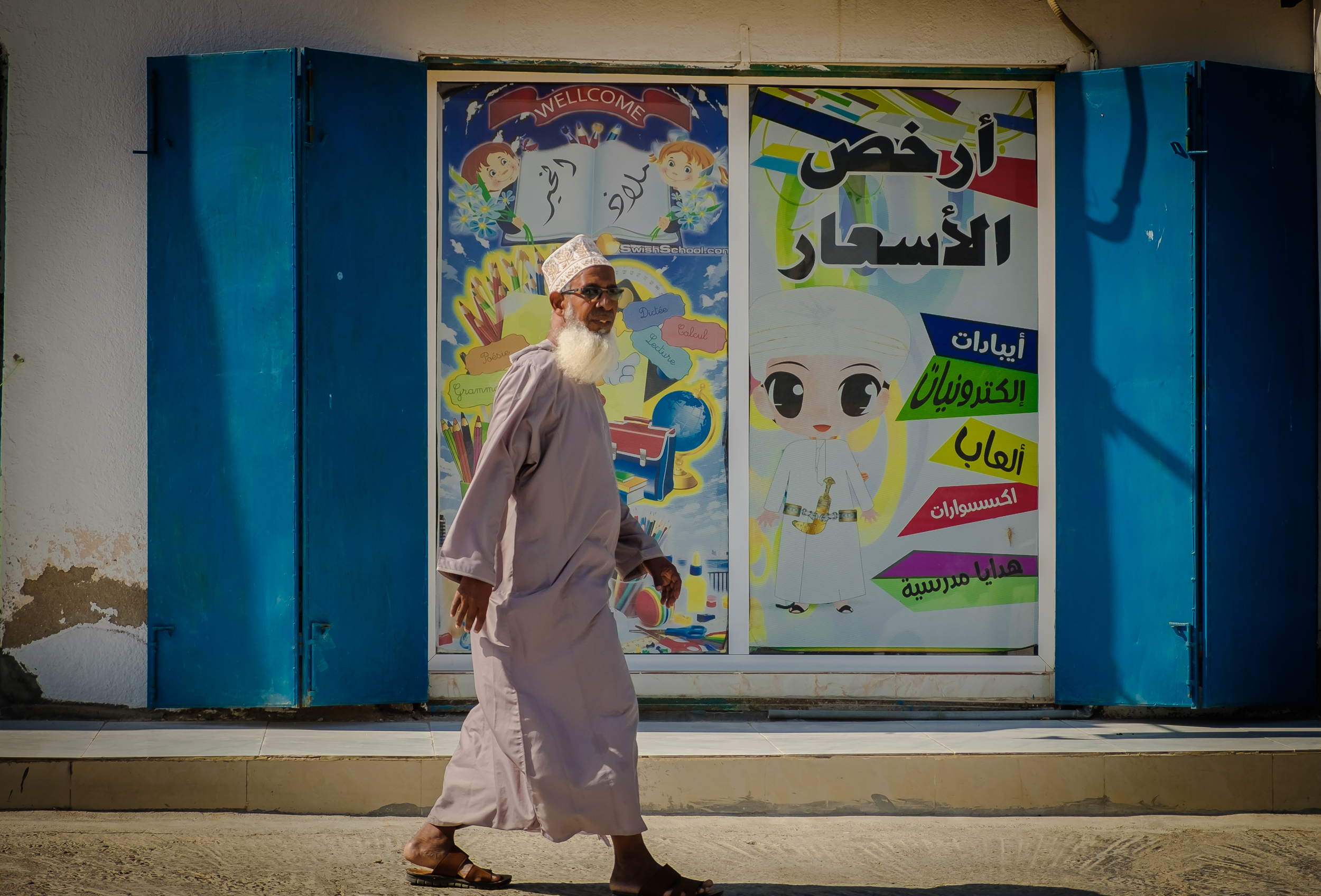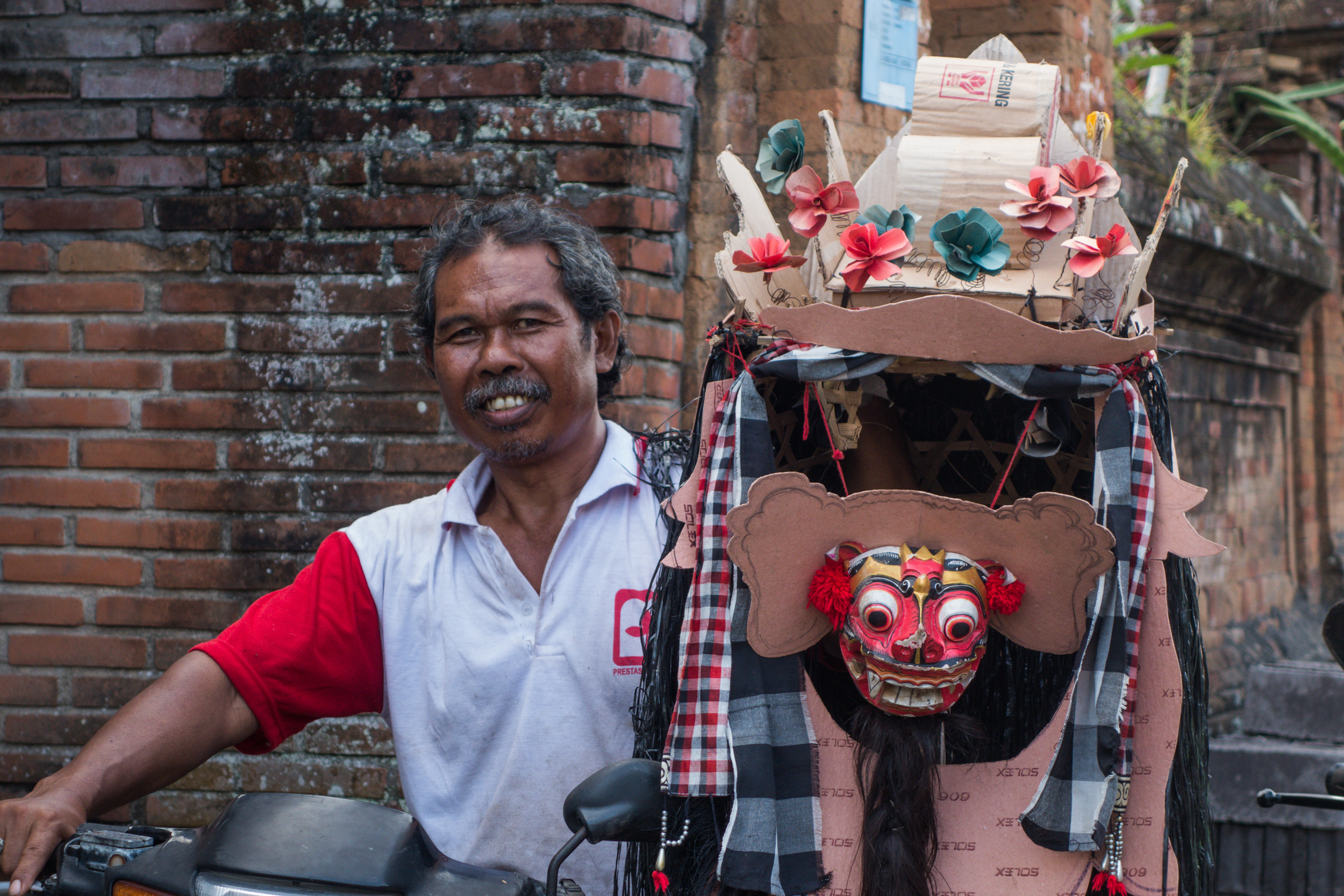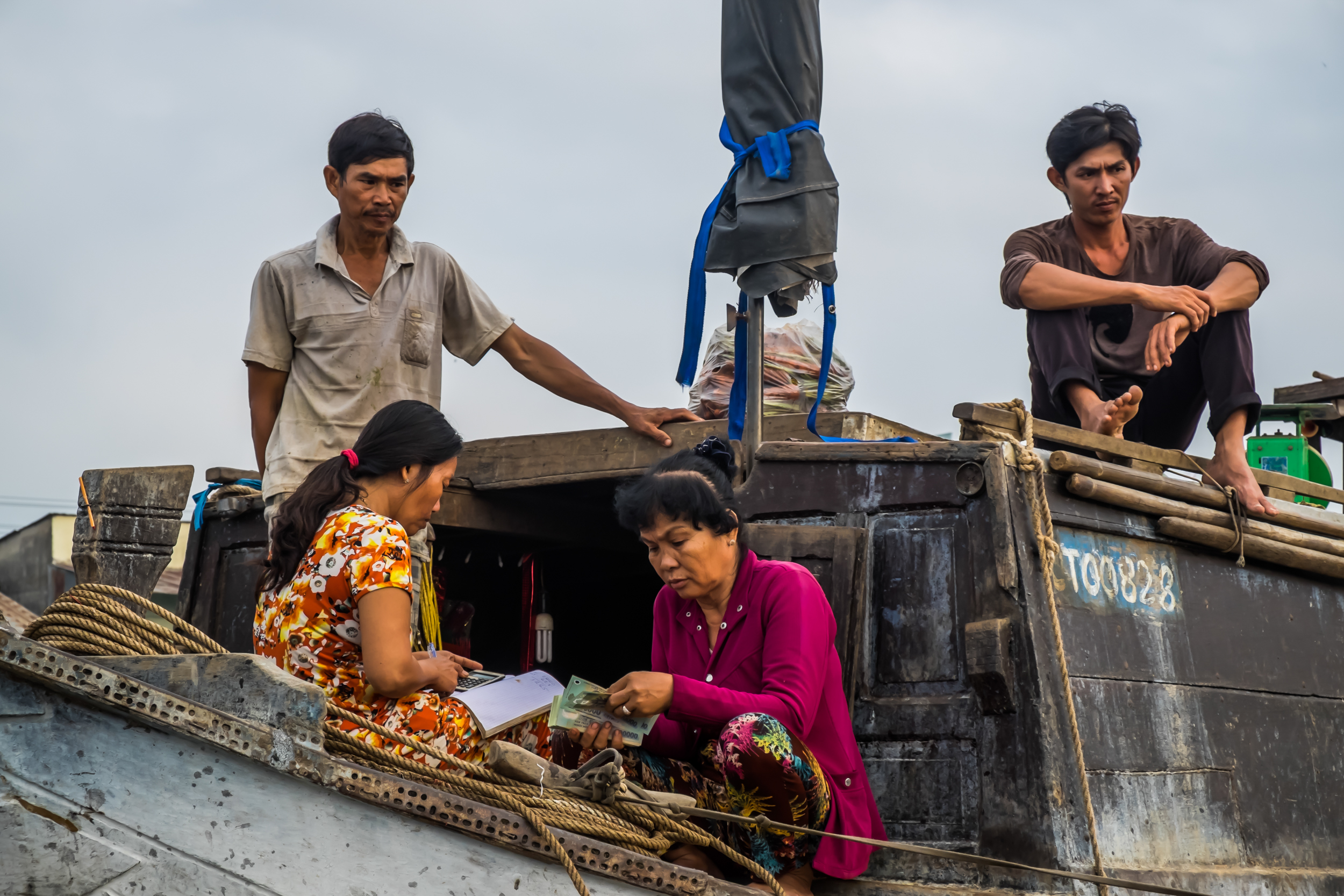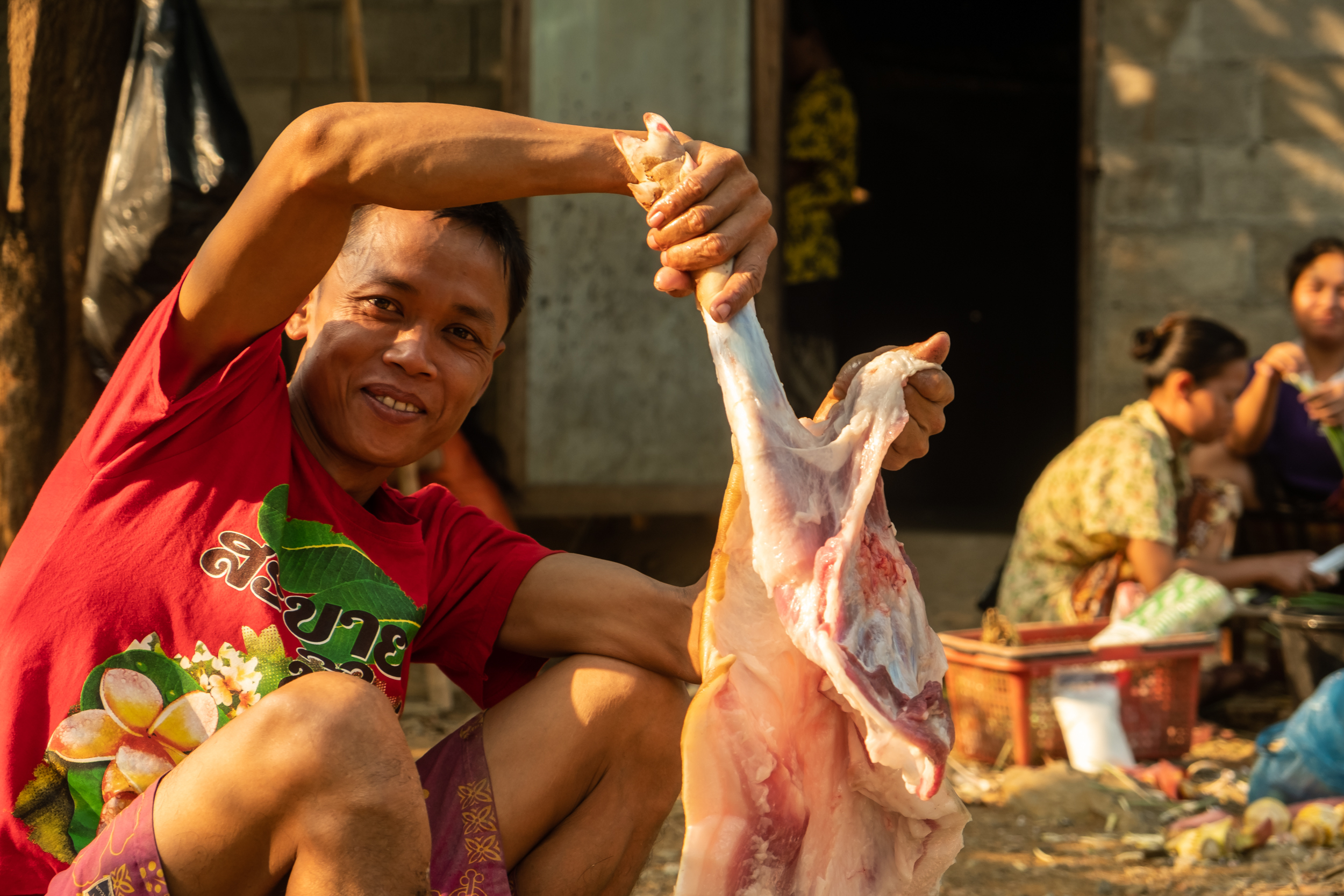Despite the fact that far more photos are taken and posted online than ever before there is still a huge (and growing) lack of clarity about what you can and cannot shoot and share.
What or whom exactly you can and cannot photograph and/or post images of online has been an ever-evolving and misty nightmare for photographers in recent years and things are certainly not getting any easier. The threatened consequences of making the wrong judgement are pretty dire in some places, even if the relevant authorities don’t always know the intricacies of the law themselves.
In an increasing number of countries around the world, there are rules that prohibit you from shooting, or more so posting, images of people or of certain property without firm consent to do so, with military, aviation and government buildings and personnel being a particularly sensitive area (for obvious reasons).
Then there are the ultra confusing copyrighted property laws, such as those that apply to the illuminated Eiffel Tower and the London Underground logo, which are things that just about every tourist with an iPhone photographs and posts online and yet these cannot be used in a scenario considered as commercial without a theoretical legal penalty.
Plus, for working photographers there is the editorial and news dilemma. This means that in theory you can shoot and post most things as long as nobody is making money from them, apart from for editorial or news usage fees, that is (and then again this only differs by country).
Even when editorial use is intended the lines of confusion can also blur, especially if those images are filed with a stock agency, as even when filed with a licence for editorial and personal use only they do often get used in what could be considered commercial scenarios. (I have had this numerous times in the past and so have pulled all images from the agency in question).
For the record
Recently I’ve also seen a few travel YouTubers filming in parts of the Middle East, and they have raised their confusion and concerns over strict policies of not being able to film people without their consent. Trying to figure out where that legal line lies and if it is ever actually enforced when a subject is distant or unrecognisable is not easy.
High-flyers
There are also countless videos online of ‘YouTube photographers’ blatantly (and probably unknowingly) flaunting national drone regulations in travel related videos and some are even promoting photographic workshops to these same destinations. These are often in countries where foreigners are not permitted to fly drones, no matter what their drone weight may be (I have also worked in such situations with photographers who knowingly ignoring the rules).
This flying camera confusion has led me to simply not bother risking travelling with a drone anymore. I’ve read too many accounts of drones being confiscated at airports and of huge financial penalties and, of course, of the well-reported cases of drone pilots being locked up in certain countries on charges of espionage.
Sure, there are drone info apps and websites out there but the information on drone photography rules and permits is generally not very conclusive, out of date and often so forbidding that all but the uninitiated would take the risk (and so many do).
Model releases
Many will also talk about model releases and apps to carry around with you, and yet outside of dedicated commercial shoots with paid models this is near impossible and impractical to implement. Just try presenting a model release in English to an Arabic-only-speaking street vendor and you’ll get the drift. I would not sign one so why would they?
The rule of thumb here is that if it’s not for commercial usage but is for personal use or for editorial use then you’re good to go. Unfortunately, that does, of course, bring things full circle regarding clarity of local laws, some of which seem to have zero tolerance of any published usage of people without their full consent.
On the streets
Street photography is incredibly popular with many Fuji photographers, and is a big part of life for travel and documentary photographers as well as enthusiasts. Most know that it’s a tough one to figure in some parts of the world, such as the USA, Australia, France, etc. and yet taking images on the street and posting on social media is something most travellers do, no matter what the image is of or where it was taken. In 99.9% of cases there is no issue that follows; ignorance is bliss, until you irk the wrong person in the wrong country that is.
If you do get an objection at the time of taking a photo then openly and simply back out politely and delete the images (I have had this at times), even if it does happen to be in a scenario where the law is on your side. Also, a nod of agreement to you taking a picture doesn’t necessarily mean the subject agrees to it being posted online and even a verbal agreement is hard to prove when push comes to shove.
Sporting chances
On the odd occasion I have even had organisational staff of sporting events demand all rights to use my images and that they be included in the credits when they’re published. This is very ill informed on their part and I’ve chosen to either inform them of this or just walk away if they don’t relent.
This is a scenario that could potentially be implemented in a privately owned venue, where potential non-agreed commercial use is intended (as opposed to editorial) or where copyright/usage agreements have been legally agreed and signed by both parties (as far as I am aware). However, blanket privacy rules in some countries are also potentially blurry here.
Where is it all leading?
It’s hard to say or guess as to where things are heading in this regard. It’s not easy for anyone to monitor usage when it comes to images being posted on social media platforms. However, it would be fair to say that being as aware as you possibly can be on what and where you can shoot, and what you can do with those images afterwards is prudent and, in some scenarios, vital, especially when travelling.
However unlikely it may be in practice, in theory some of these jagged ‘legal lines’ in some locations could mean that travel, street, documentary and even many genres of news photography and video could no longer be legally possible without written consent form the subject to post those images. Plus, when a new or updated law is implemented there is also the question of what that means to the back catalogue of images that many of us have and post. Similar situations have come to attention in the past with photographers and YouTubers being caught unawares after shooting or filming in national parks in the USA and elsewhere.
I’m no lawyer or rights expert on this subject and I think you’d be hard pushed to find anyone who really knows the situation outside of their own country or region, and sourcing up to date and accurate information anywhere in many areas is not exactly easy.
Let us know below of your experiences with such things.

